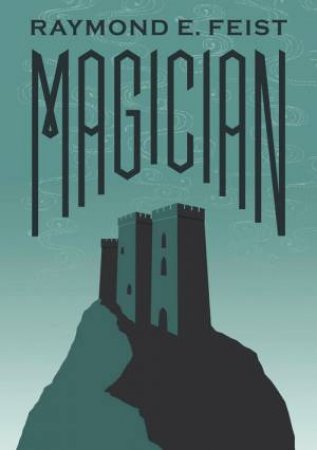
Once more it combines heroic-fantasy routines with potentially world-changing plot events. Eventually she wins through, gaining wealth, husband and heirs, and even copes with a loose cadre of magicians, who refuse to obey the laws of the game but fortunately disagree among themselves.įeist's third series, the ongoing Serpent Wars Saga – Shadow of a Dark Queen ( 1994) and Rise of a Merchant Prince ( 1995), with further volumes projected – is again set in the same basic universe, 75-100 years after the climactic events that close A Darkness at Sethanon.

It involves the female protagonist in an intricate gamelike set of conflicts (military and financial) with various families who oppose her own betrayed House of Acoma. The Empire sequence, with Janny Wurts – Daughter of the Empire ( 1987), Servant of the Empire ( 1990) and Mistress of the Empire ( 1992) – is likewise adventurer fantasy. The conclusion of these quests and battles, which comes at the end of A Darkness at Sethanon, occasions a shift in focus in following volumes, which are essentially Heroic Fantasies set in the pre-existing Fantasyland. Tomas is by essence (it turns out) a Valheru, and his search for a master sorcerer who will answer certain questions conflates with more secular conflicts, engaging a rightful king against the forces of the Dark. The underlying structure of the sequence gradually reveals itself to be a continuation of an age-old Chaos War between the Valheru, who are themselves intrinsic with Being, and the Gods, who have created domains upon the world. Both worlds offer Companions galore – from Elves to Robin Hood clones, and in the second volume a Trickster thief – for the protagonists to choose from. Pug becomes a great Wizard and Tomas becomes a mighty Hero, with the aid of a friendly Dragon. The Ugly-Duckling protagonists are also conveniently dual, and follow similar patterns in their individual Quests.


The "rifts" between them serve as Portals constructed to allow convenient shifts of personnel when the underlying rules of the Gameworld-like narrative so demand. The fantasyland is made up of two neatly contrasted worlds: medieval Midkemia, beset by Dynastic-Fantasy disputes, and Oriental militaristic Kelewan. The first of these – the Riftwar Saga sequence, comprising Magician ( 1982 vt in 2 vols as Magician: Apprentice 1985 and Magician: Master 1986 the whole rev in ), Silverthorn ( 1985), A Darkness at Sethanon ( 1986), Prince of the Blood ( 1989) and The King's Buccaneer ( 1992) – shows the influence of Feist's earlier work as a designer of role-playing Games, for both good and ill. (1945- ) US writer who has largely concentrated on three sequences set in the same complicated Fantasyland.


 0 kommentar(er)
0 kommentar(er)
